The endocrine system is primarily composed of glands that produce chemical messengers called hormones. Glands of the endocrine system include the pituitary gland, the thyroid gland, the parathyroid glands, the thymus, and the adrenal glands. Other glands are also included within the endocrine system since they contain endocrine tissue that secretes hormones. These include the pancreas, ovaries and testes. The endocrine and nervous systems work very closely together. The brain continuously sends instructions to the endocrine system, and in return receives feedback from the endocrine glands. Because of this intimate relationship, the nervous and endocrine systems are referred to as the neuroendocrine system. The hypothalamus is known as the master switchboard because it’s the part of the brain that controls the endocrine system. The pituitary gland, which hangs by a thin stalk from the hypothalamus, is called the master gland of the body because it regulates the activity of the endocrine glands. The hypothalamus detects the rising level of the target organ’s hormones then sends either hormonal or electrical messages to the pituitary gland. In response, the pituitary gland releases hormones, which travel through the bloodstream to a target endocrine gland, instructing it to stop producing its hormones. Here’s how the endocrine system keeps itself in check: eventually, the hypothalamus detects the rising level of the target organ’s hormones, and sends a message to the pituitary gland. The pituitary gland then stops releasing certain hormones, causing the target organ to stop producing its hormones. The endocrine system constantly adjusts hormone levels so that the body can function normally. This process is called homeostasis. The endocrine system is the collection of glands of an organism that secrete hormones directly into the circulatory system to be carried towards distant target organs. In humans, the major endocrine glands include the pineal gland, pituitary gland, pancreas, ovaries, testes, thyroid gland, parathyroid gland, and adrenal glands. In vertebrates, the hypothalamus is the neural control center for all endocrine systems. The field of study dealing with the endocrine system and its disorders is endocrinology, a branch of internal medicine. Special features of endocrine glands are, in general, their ductless nature, their vascularity, and commonly the presence of intracellular vacuoles or granules that store their hormones. In contrast, exocrine glands, such as salivary glands, sweat glands, and glands within the gastrointestinal tract, tend to be much less vascular and have ducts or a hollow lumen. A number of glands that signal each other in sequence are usually referred to as an axis, for example, the hypothalamic-pituitary-adrenal axis. In addition to the specialized endocrine organs mentioned above, many other organs that are part of other body systems, such as bone, kidney, liver, heart and gonads, have secondary endocrine functions. For example, the kidney secretes endocrine hormones such as erythropoietin and renin. Hormones can consist of either amino acid complexes, steroids, eicosanoids, leukotrienes, or prostaglandins. The endocrine system is in contrast to the exocrine system, which secretes its hormones to the outside of the body using ducts. As opposed to endocrine factors that travel considerably longer distances via the circulatory system, other signaling molecules, such as paracrine factors involved in paracrine signalling diffuse over a relatively short distance. The human endocrine system consists of several systems that operate via feedback loops. Several important feedback systems are mediated via the hypothalamus and pituitary. TRH – TSH – T3/T4 GnRH – LH/FSH – sex hormones CRH – ACTH – cortisol Renin – angiotensin – aldosterone leptin vs. insulin Endocrine glands are glands of the endocrine system that secrete their products, hormones, directly into instastial spaces and then absorbed into blood rather than through a duct. The major glands of the endocrine system include the pineal gland, pituitary gland, pancreas, ovaries, testes, thyroid gland, parathyroid gland, hypothalamus and adrenal glands. The hypothalamus and pituitary gland are neuroendocrine organs. The Hypothalamus Essentials The portion of the brain that maintains the body’s internal balance (homeostasis). The hypothalamus is the link between the endocrine and nervous systems. The hypothalamus produces releasing and inhibiting hormones, which stop and start the production of other hormones throughout the body. Pituitary Gland Essentials: The hormones of the pituitary gland help regulate the functions of other endocrine glands. The pituitary gland has two parts—the anterior lobe and posterior lobe—that have two very separate functions.
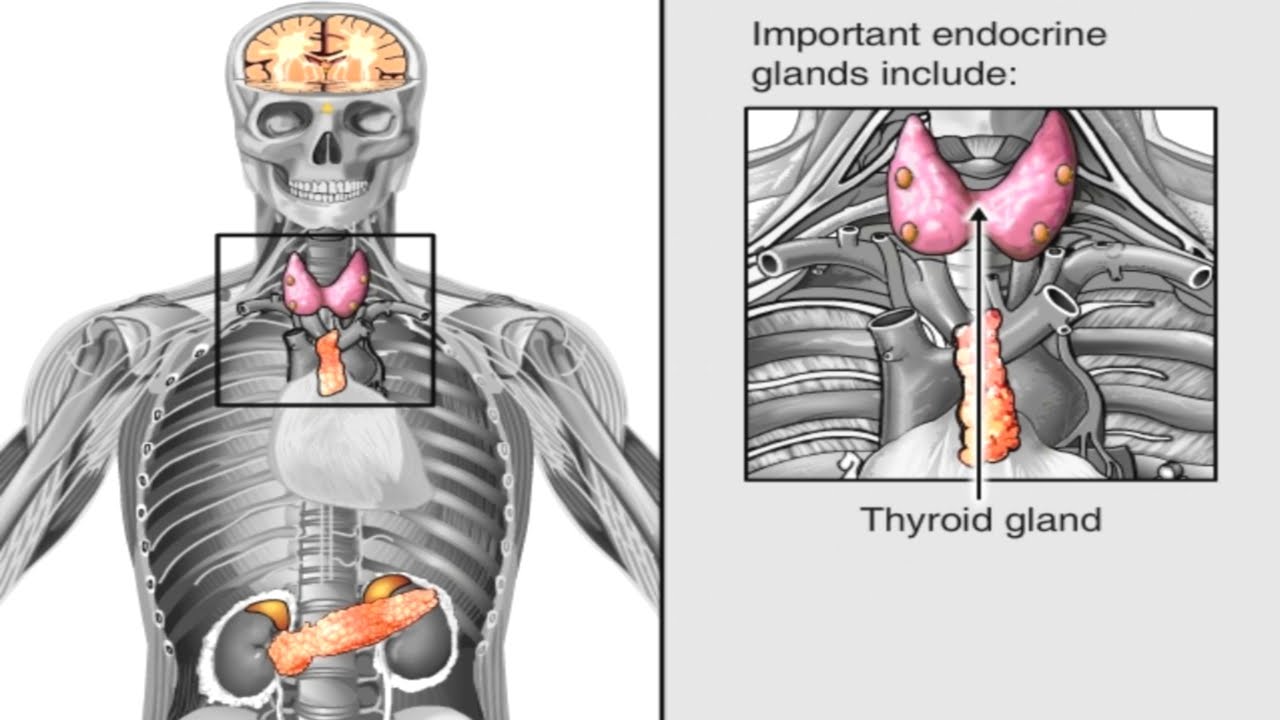
How Hormones Work in the Body Animation – Endocrine System Anatomy & Physiology Video – Hypothalamus
- Post author:
- Post published:May 2, 2021
- Post category:Uncategorized
- Post comments:0 Comments
You Might Also Like

Medication Resistance vs Insulin Resistance

Why Do We Get Fevers?
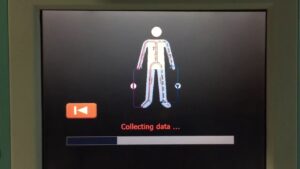
Body composition analyzer testing video
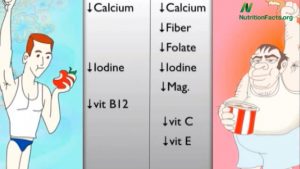
Omnivore vs. Vegan Nutrient Deficiencies

DEXA scan @ body DEXA fit www.bodydexafit.com.au

What is Basal Metabolic Rate (BMR)? How to Calculate it? – Tehzeeb Lalani – Tell Me Doctor
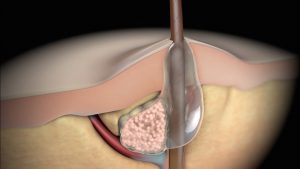
Acne | Nucleus Health

Semen Meaning

Human Body, Body Building Muscle Building Anatomy Physiology Video – 47

Dermatology & Skin Diseases : Accutane Benefits

Definition Fitness Centre – 2014

Dumbbell Shoulder Press – Shoulder Exercise – Bodybuilding.com
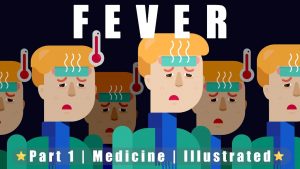
What is Fever? | Part 1

How To: Dumbbell Flys On A Flat Bench

Oral Skin Nutrition Video – 1

Bodybuilding Nutrition, Diet Recipes & Workout – 6

Keto Diet, Keto Foods, Keto Recipes Video – 14
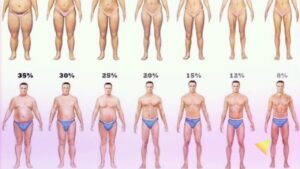
BMI vs Body fat %

Sleep Video – 3

Bodybuilding Nutrition, Diet Recipes & Workout – 3

Boxing Video – 1

Orlidiet Testimonios Orlidiet 120 Mg Potente Quema Grasa

Neurological Physiotherapy Video – 13

How To: Skull Crushers
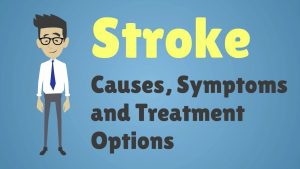
Stroke – Causes, Symptoms and Treatment Options

How To Perform the Upright Row – Exercise Tutorial
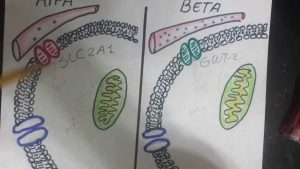
GLUCAGÓN: Secrecion

Pre/During/Post Workout Drink || SHREDDED NEXT LEVEL by Guru Mann ||
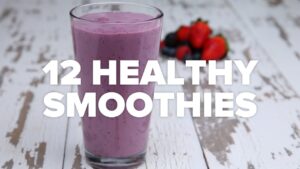
Pre Blended Creams Video – 2

Increase Strength, Power, Muscular Endurance | Lifting with Meyers | Brendan Meyers

Preacher Pulley Curl-4

Should We Take a Multivitamins? | Guru Mann | Health and Fitness HD
Cool Down

BUTTERFLY WORKOUT FOR CHEST

Side plank-4

How to Prevent Prediabetes from Turning into Diabetes

WHAT TO EAT BEFORE AND AFTER WORKOUT | AMIT PANGHAL | PANGHAL FITNESS

The Liver Anatomy Song for Kids

Erector Spinae Back Extension-1

How To Increase Sperm Count Fast & Naturally ?
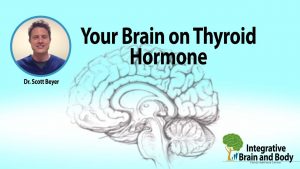
Your Brain On Thyroid Hormone

